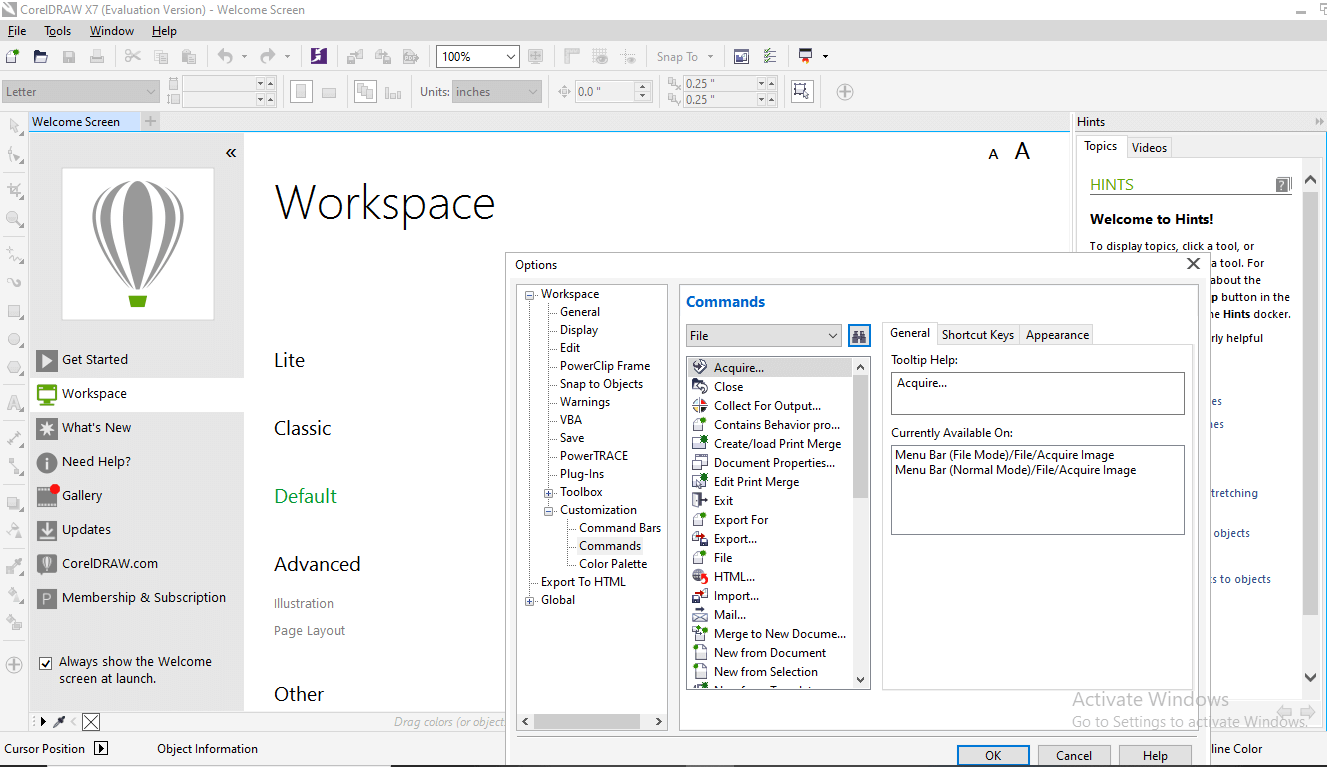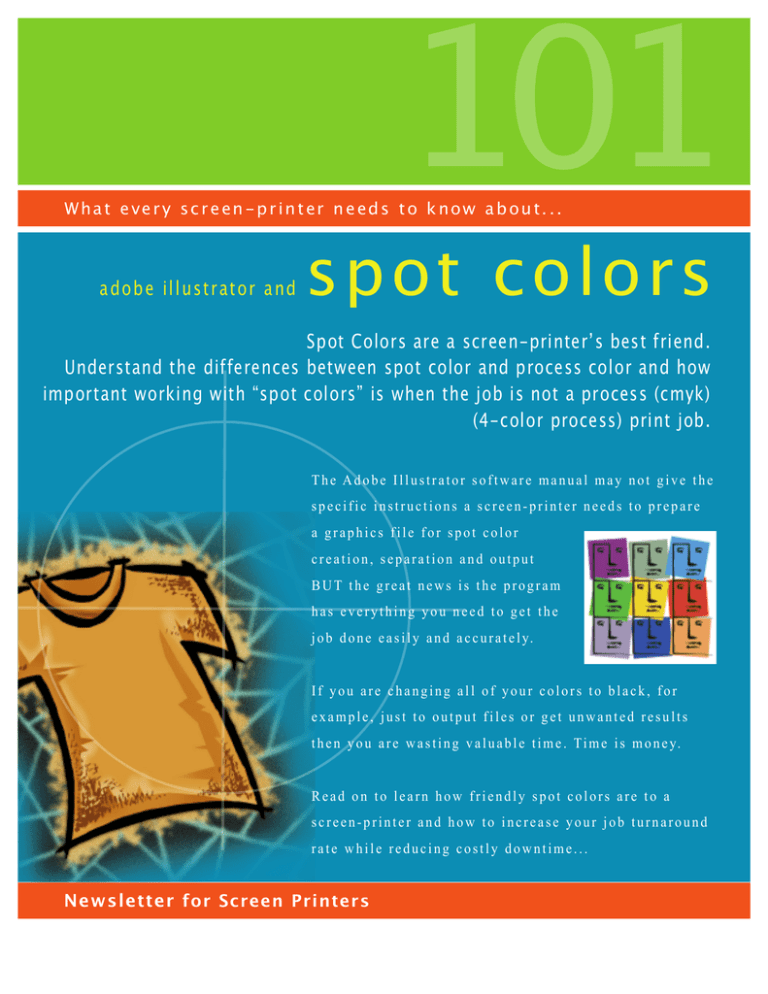

- #ILLUSTRATOR OR COREL DRAW FOR SCREEN PRINING HOW TO#
- #ILLUSTRATOR OR COREL DRAW FOR SCREEN PRINING SKIN#
- #ILLUSTRATOR OR COREL DRAW FOR SCREEN PRINING FULL#
- #ILLUSTRATOR OR COREL DRAW FOR SCREEN PRINING SOFTWARE#
So we just use Photoshop and various filters for everything now.” When reproduced at a similar scale to the pixel enlargements above, it’s hard to tell it is no longer a contone photograph.Īustin Coates at PressOn concurs: “We tried Genuine Fractals and the like some years ago and to be honest I couldn’t see any difference to what Photoshop does for free.
#ILLUSTRATOR OR COREL DRAW FOR SCREEN PRINING FULL#
Here the original photograph has been converted to a full tone vector image using Adobe Illustrator’s Live Trace. BlowUp is marginally the best, but Photoshop is still very good and “free” one you’ve signed up for Creative Cloud (with some restrictions).
#ILLUSTRATOR OR COREL DRAW FOR SCREEN PRINING SKIN#
It’s hard to show enlargements in web pages, but this series of pics show the effects of 300% enlargements of a small section of the original image in Photoshop CC2015, Alien Skin BlowUp 3 and OnOne Perfect Resize 9. When examined closely on-screen Blow Up produced marginally the best results, but it’s unlikely that you’d notice much difference in print. With our test there were some small differences in appearance between Photoshop, Perfect Resize and Blow Up. Both can also crop and scale to pre-set aspect ratios and sizes, which may save time and mistakes if you’re doing a lot of these. This works particularly well for scanned logos and the like with distinct shapes.īoth Perfect Resize and Blow Up have optional controls to sharpen as they are resizing and also to restore a little grain, which can look more natural. This analyses the image and maps it into vector shapes that are then enlarged.
#ILLUSTRATOR OR COREL DRAW FOR SCREEN PRINING SOFTWARE#
Perfect Resize provides a lot more controls over the settings than Photoshop, and it can import and save presets.Īlien Skin Software uses a different technique with its Blow Up software, priced at $99, about €90). The current price is US $39.98 (about €36.50) and it runs as a plug-in to Photoshop though it launches into its own standalone window. Until 2012 this was called Genuine Fractals, which was originally launched in the 1990s by Altamira Group. There are third party pixel resamplers, of which probably the most well-known is On1 Software’s Perfect Resize. Faces on cosmetics images might work better with Bicubic Smoother. Which you choose depends on the image, but I’ve found the Preserve Details option with 10 or 10% noise reduction best for the sort of technical images I often photograph. If you enlarge by 300% to 500% there’s a visible difference between the three options. Bicubic uses a different method to avoid graininess, but this can flatten the detail a bit. So Photoshop gives you a slider that lets you progressively reduce noise, though this can also blur real detail. Preserve Details tries to keep edges sharp around fine detail, but this can also enlarge image noise, which might look ugly. Its options have changed over the years and the current CC 2015 version gives you a choice of several automatic and either enlarging or reducing methods.įor enlargements, which is what we’re mainly interested in here, there’s a choice of Preserve Details, or Bicubic Smoother. Naturally Photoshop had this from the start. Any worthwhile photo editing program will have built-in interpolation, which you’ll normally find in the image size menu.

The techniques for increasing (or decreasing) pixel count are generally called interpolation or resampling. We always try to print at 100 dpi, and ask our clients for 75 dpi at the lowest.” That is the final printed size: if you’re starting with a normal photograph that has to be enlarged, it will still need a lot of pixels to start with. We talked to Austin Coates, studio manager of UK large format specialist PressOn, who said “most of what we print is for large viewing distances. If your big print is going on a billboard designed to be viewed from 50 metres away, and printed at 80 dpi, you may not need dramatic enhancement of the pixel count. The need for resolution is closely tied in with viewing distance and the halftone screen in use. However, the first thing to consider is whether you actually need to do anything. Over the years a lot of techniques have emerged.

So, how do you get artwork, especially something that needs to look like a photograph, up to huge size?
#ILLUSTRATOR OR COREL DRAW FOR SCREEN PRINING HOW TO#
Printing giant-sized posters and billboards has long posed the problem of how to get very large images to reproduce without degradation or pixellation.Įven the latest, highest resolution digital camera can’t capture enough pixels to give truly photo-quality results on something the size of a truck or even a ship.


 0 kommentar(er)
0 kommentar(er)
